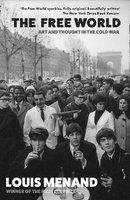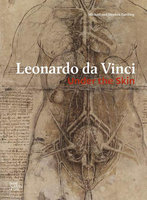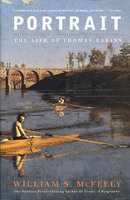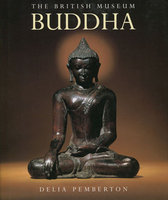New, Quality Gift Books - 50-90% off - over 2500 titles
Your basket is empty.
Categories Last Chance to buy! RODIN AND THE ART OF ANCIENT GREECE
RODIN AND THE ART OF ANCIENT GREECE
Book number: 92358
Product format: Hardback
In stock
Bibliophile price
£12.50
Published price
£35
Customers who bought this product also bought
|
FREE WORLD: Art and Thought In The Cold War
Book number: 93157
Product format: Hardback
Bibliophile price
£5.00
Published price
£30
|
LEONARDO DA VINCI: Under the Skin
Book number: 92677
Product format: Paperback
Bibliophile price
£2.00
Published price
£14.95
|
PORTRAIT: The Life of Thomas Eakins
Book number: 93411
Product format: Paperback
Bibliophile price
£4.00
Published price
$15.95
|
|
BRITISH MUSEUM BUDDHA
Book number: 93376
Product format: Hardback
Bibliophile price
£2.75
Published price
$15.95
|
WOMEN IN THE WAR
Book number: 93178
Product format: Paperback
Bibliophile price
£4.50
Published price
£9.99
|
EDINBURGH AT WAR 1939-1945
Book number: 93220
Product format: Paperback
Bibliophile price
£2.75
Published price
£14.99
|
Browse these categories as well: Last Chance to buy!, Art & Architecture, THAMES HUDSON



















